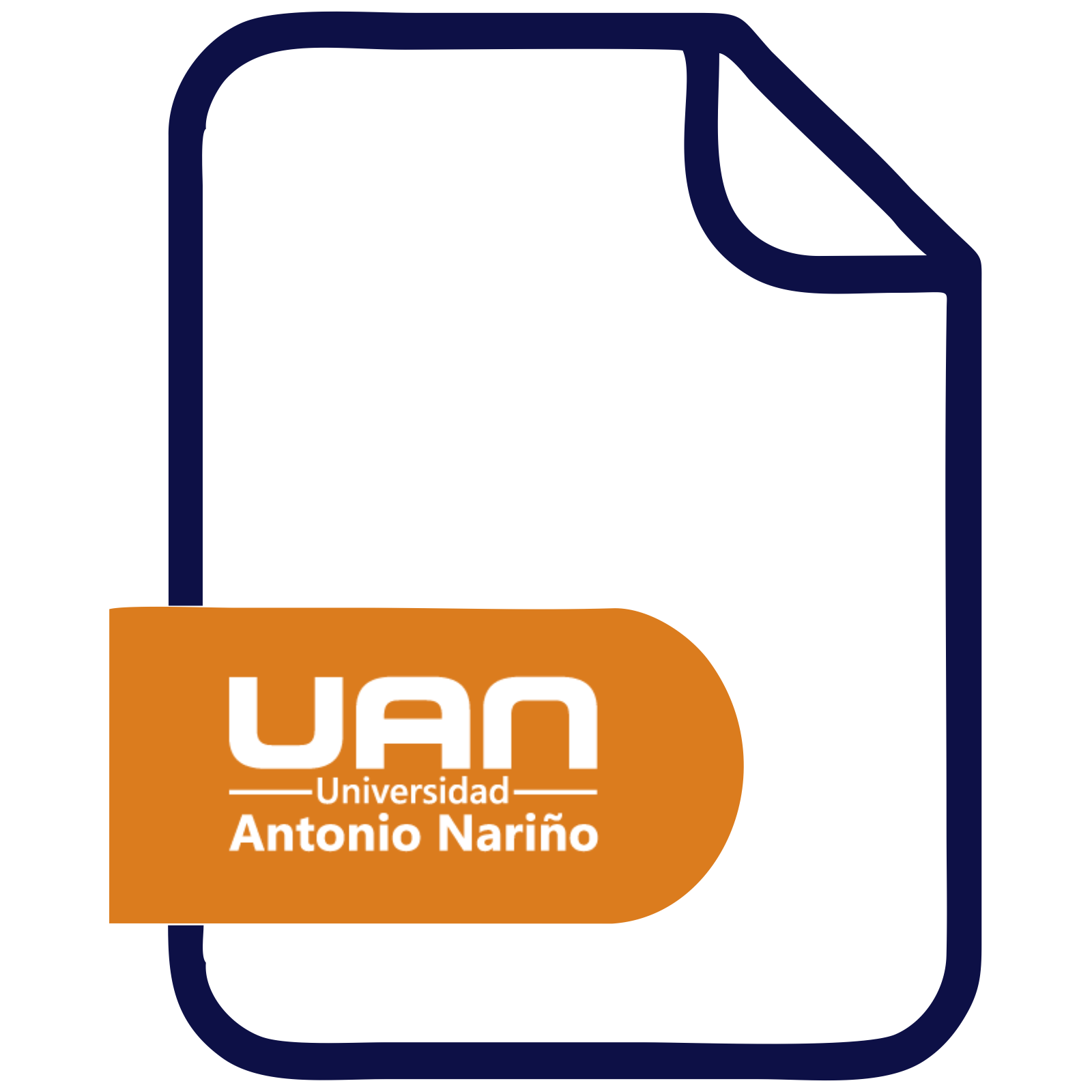Por favor, use este identificador para citar o enlazar este ítem:
http://repositorio.uan.edu.co/handle/123456789/3146> Repositorio UAN
Repositorio UANComunidades y ColeccionesTitulosMateriasAutoresFecha de publicacion
Mi CuentaAccederRegistro
Mi CuentaAccederRegistro
| Título : | Desarrollo de un ambiente de realidad virtual de la Unidad de Cuidados Intensivos e Intermedios del Hospital Susana López de Valencia E.S.E |
| metadata.dc.creator: | Manzano Jara, Daniel |
| metadata.dc.contributor.advisor: | Villamarin, Julián Antonio |
| Palabras clave : | Realidad virtual;Industria 4.0;Realidad Aumentada;Auditoria en Salud;UCI;UCIM |
| Descripción : | Propia |
| Resumen : | The development of a virtual reality environment in the field of biomedical engineer training in times of contingency, due to the current situation of Covid-19 and even under normal conditions, can become an essential support in the learning and development of their engineering skills that contribute with its academic strengthening in terms of infrastructure and hospital staffing. The environment would have a series of medical teams required in the intensive and intermediate care units, complying with the minimum components of health qualification in terms of hospital infrastructure and medical equipment, in accordance with the conditions and requirements issued by the Ministry of Health and Protection Social. In this way, it is expected with this work that the student, in relation to medical equipment, can know and access them, learn their operation and implementation in the area. Among the advantages of a virtual reality environment, the following stand out: (savings in costs, time, user safety, inductions to healthcare personnel or external to an entity), which allow the complementary training of the biomedical engineer and would help to improve the levels of recent graduate experience in the field of hospital auditing |
| metadata.dc.description.tableofcontents: | El desarrollo de un ambiente de realidad virtual en el campo de formación del ingeniero biomédico en momentos de contingencia, debido a la situación actual del Covid-19 y aun en condiciones normales, puede constituirse en un apoyo esencial en el aprendizaje y desarrollo de sus habilidades ingenieriles que contribuyan con su fortalecimiento académico en cuanto a infraestructura y dotación hospitalaria se refiere. El ambiente contaría con una serie de equipos médicos requeridos en las unidades de cuidados intensivos e intermedios, cumpliendo con los componentes mínimos de habilitación en salud en cuanto a infraestructura hospitalaria y dotación médica, acordes con las condiciones y requerimientos emitidos por el Ministerio de Salud y Protección Social. De esta manera, se espera con este trabajo que el estudiante, en relación a los equipos médicos, pueda conocer y acceder a ellos, aprender su funcionamiento e implementación en el área y reconocer la complejidad de los servicios de cuidado critico. Entre las ventajas de un ambiente de realidad virtual se destacan: el (ahorro en costos, tiempo, seguridad al usuario, inducciones a personal asistencial o externo a una entidad), que permiten la formación complementaria del ingeniero biomédico y ayudaría a mejorar los niveles de experiencia en el campo de las resoluciones hospitalaria de un recién egresado |
| URI : | http://repositorio.uan.edu.co/handle/123456789/3146 |
| Editorial : | Universidad Antonio Nariño |
| metadata.dc.publisher.campus: | Popayán - Alto Cauca |
| metadata.dc.publisher.faculty: | Facultad de Ingeniería Mecánica, Electrónica y Biomédica |
| metadata.dc.date.created: | 2020-11-22 |
| metadata.dc.rights.uri: | http://creativecommons.org/licenses/by/3.0/us/ |
| Aparece en las colecciones: | Ingeniería biomédica |
Ficheros en este ítem:
| Fichero | Tamaño | |
|---|---|---|
| 2020_DanielManzano | 2.11 MB | Visualizar/Abrir |
| 2020_DanielManzano_Autorización Restricted Access | 213.11 kB | Visualizar/Abrir Request a copy |
Este ítem está sujeto a una licencia Creative Commons Licencia Creative Commons




